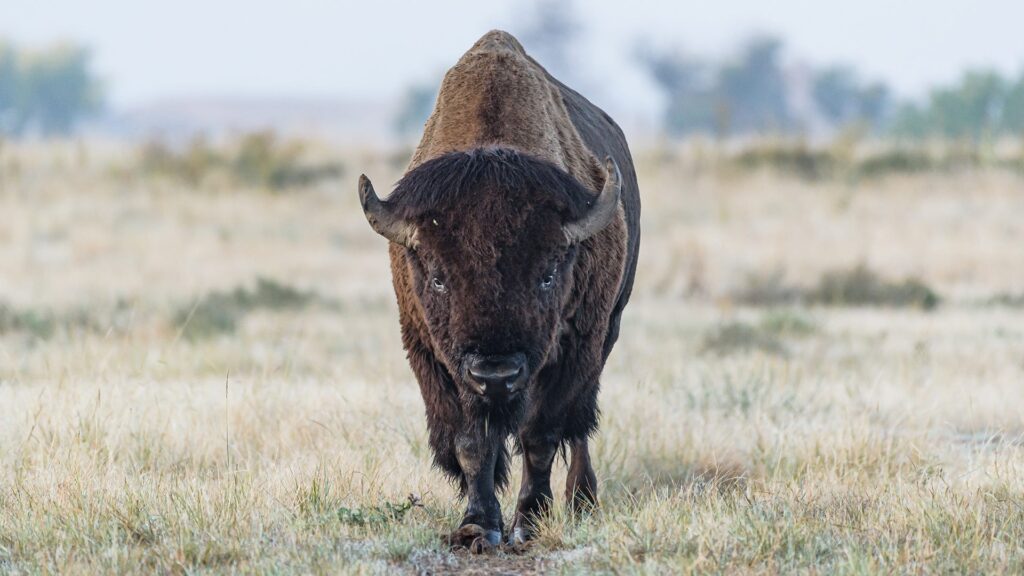Bison is a unique protein source that’s more nutritious than beef. However, it’s still a red meat that contains moderate amounts of fat and cholesterol.
Bison is also a more environmentally friendly food source than beef. It uses less land and produces fewer by-products.
Overview of Bison as a Food Source
Bison are a keystone species that aerate the soil as they forage, creating habitat for many native plants and grassland birds. They also help disperse native seeds, which can help maintain a healthy prairie ecosystem.
In the United States, bison have a long and storied history. They were once a major food source for Native Americans, who hunted them on foot and by horseback.
As Euro-Americans settled westward, they plowed and farmed their way across the plains and introduced cattle diseases that killed bison. European settlers began to import horses and guns as well, leading to further pressure on the bison herds.
Culinary Uses and Traditional Dishes
Bison has a rich, robust flavor that makes it a great choice for a variety of dishes. It is lean and lower in fat than beef, making it a healthy choice for those who are looking to reduce their calorie intake.
Bison is available as ground meat, stewing chunks, patties and as steaks. These cuts can be cooked in a similar manner to beef, but note that the meat will dry out if overcooked.
If purchasing raw bison, use a disposable plastic bag to prevent leakage that could cross contaminate other foods or produce. Store packages in the refrigerator until you are ready to cook or freeze them.
Availability and Market Trends
Bison meat is an all-natural, non-genetically altered lean red meat that combines the taste of beef with a desirable nutrition profile. It is low in fat and cholesterol.
While consumer demand for bison has grown, availability of this product is still limited. The National Bison Association (NBA) recently surveyed commercial marketers and found that nearly half of those responding said they could increase sales by more than 25 percent if adequate supplies of market-ready animals were available at current prices.
As a result, the bison industry is working hard to develop markets for various products. These include fresh bison, processed bison products, and heads and hides.
Health Benefits and Concerns
Bison meat is a healthy choice because it is free of antibiotics and hormones that are often used to increase the weight and meat yield on factory farms. It also reduces inflammation and lowers oxidative stress.
It is also a better source of Omega-3 fatty acids than beef. In addition, it contains conjugated linoleic acid (CLA), a polyunsaturated fatty acid that helps to reduce inflammatory response.
However, it is important to follow safe handling and cooking procedures when preparing ground bison meat, such as using an infrared grill or skillet over an open flame. Escherichia coli outbreaks have been linked to ground bison meat, and eating contaminated food can lead to painful stomach cramps and a life-threatening kidney disorder called hemolytic-uremic syndrome.
Sustainability Issues
There are a number of environmental and ethical concerns with bison farming and harvesting. For example, bison are often confined in feedlots, which can result in the consumption of poor-quality forage and may contribute to emissions of methane, a greenhouse gas.
Similarly, intensive bison farming can also be detrimental to grassland habitat. Therefore, it is important to understand the overall sustainability of bison husbandry in order to best promote and manage livestock operations and grassland resources in North America.
Bison restoration initiatives on tribal lands have the potential to fulfill both socio-ecological goals while contributing to cultural revitalization and food sovereignty for Plains Indians. However, these efforts face a number of challenges that must be addressed if they are to succeed. These include:

